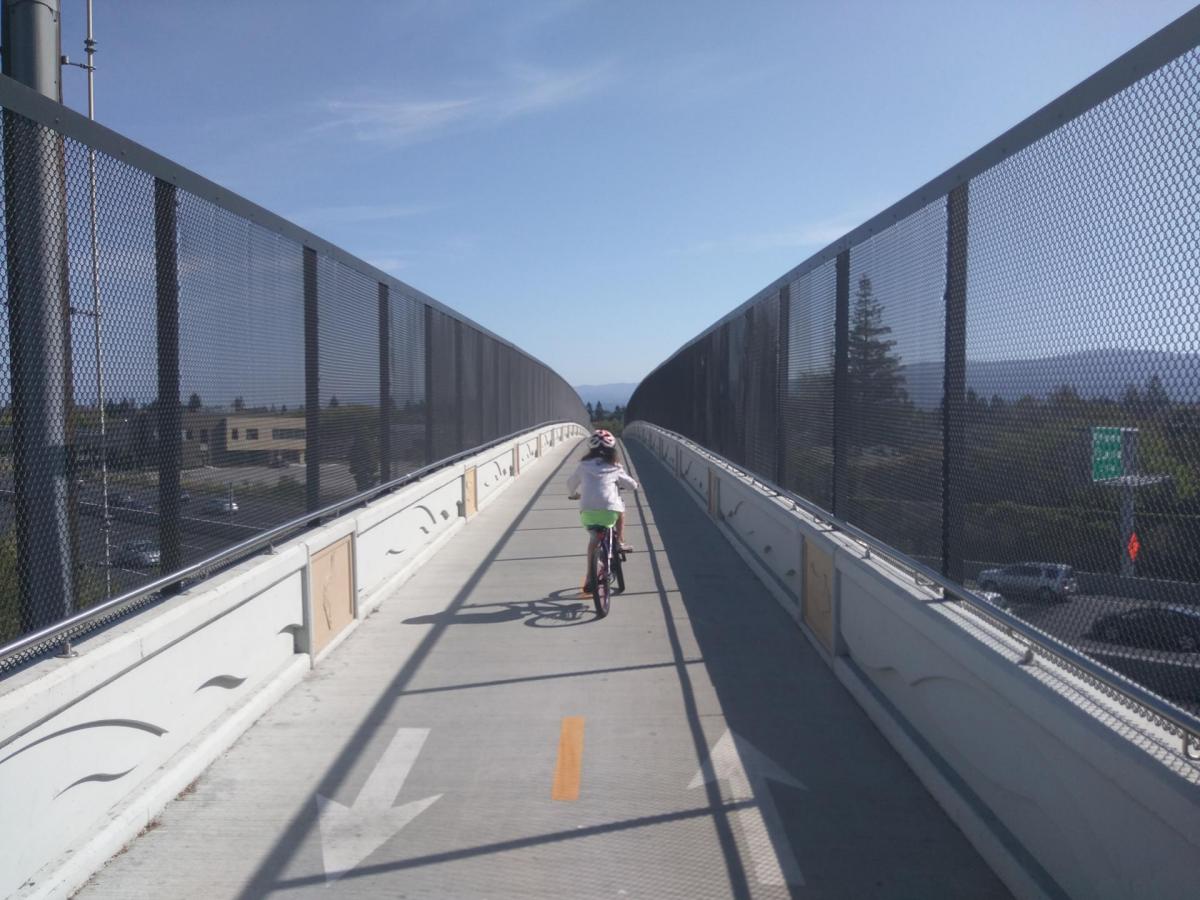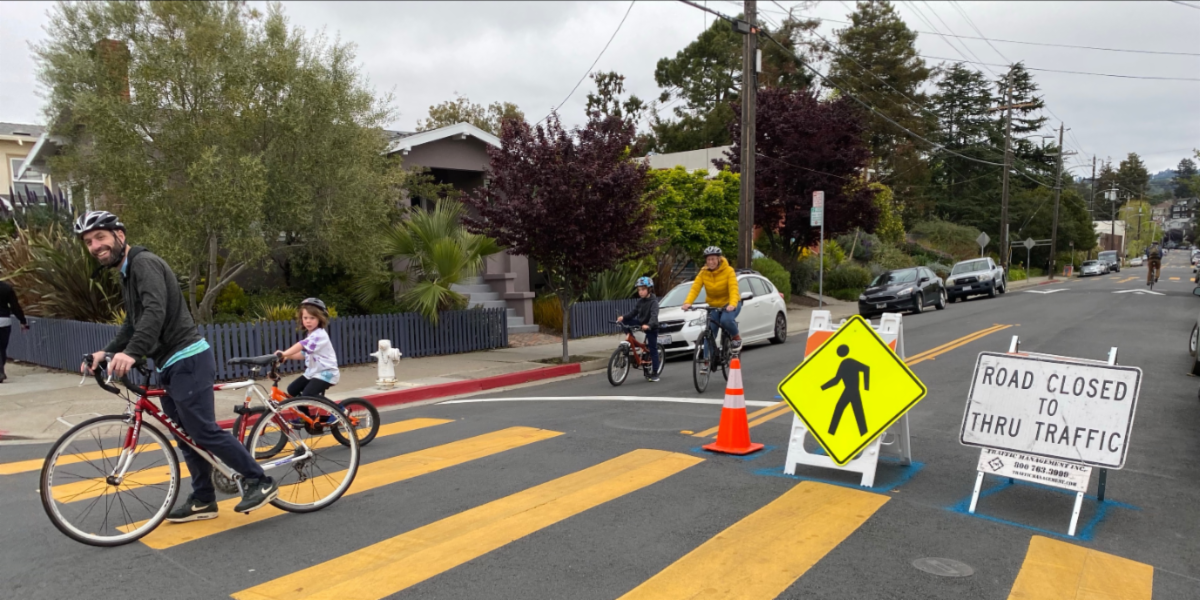Transportation networks are at a critical crossroads
Melissa Lee, CNU-A is a principal at Public Works Partners, an urban planning and management consulting firm based in New York and California; she can be reached at mlee@publicworkspartners.com.
Access to transportation in under-resourced communities — both in rural areas and large central cities such as Bakersfield and Compton — has reached a critical juncture. Basic amenities and new job opportunities have increasingly migrated to the suburbs, leaving many residents at a disadvantage. This challenge is compounded by the fact that low-wage jobs often demand evening or weekend hours, exposing a gap in traditional transportation systems that struggle to accommodate these schedules.
In these under-resourced neighborhoods, transportation isn’t just a convenience. It’s a lifeline to work, school, medical appointments, and essential services like childcare. Accessible and affordable transportation also lets families direct resources to other necessities.
Under-resourced communities grapple with a host of intricate transportation challenges, each with its unique repercussions. High transportation costs — often tied to car ownership and maintenance — consume a significant part of already tight budgets, limiting spending on essential needs. Safety concerns often hinder the adoption of sustainable transportation options, particularly in areas with inadequate lighting and higher crime rates. A lack of suitable infrastructure for biking and walking makes these modes of transportation even less appealing.
These barriers trigger a range of negative consequences, extending well beyond the immediate difficulties of getting to work. America’s reliance on personal vehicles intensifies air pollution, further deteriorating air quality and exacerbating urban environmental concerns. This extends to the global stage, as increased emissions amplify the impacts of climate change and worsen environmental degradation. Many people — especially super-commuters — are unwittingly making these global issues worse, underscoring the far-reaching implications of the transportation challenges we face.
Tackling these challenges requires a concerted investment in affordable and accessible public transit, including buses, subways, bikeways, and pedestrian-friendly infrastructure. By creating more viable alternatives to personal vehicle use, cities can improve mobility, safety, and the overall quality of life for many of their residents while meeting climate change goals.
Opening the door to a spectrum of transportation choices also allows residents to select the mode that best fits their needs, preferences, and schedules. Whether it’s efficient and well-connected bus routes, rapid transit via subways, or protected bike lanes, comprehensive transportation networks can provide equitable and sustainable solutions to challenges faced by residents in under-resourced neighborhoods.
The good news is that many cities are actively working to address transit barriers in under-resourced neighborhoods through a range of cost-effective changes. San Francisco’s innovative Slow Streets program is a notable example. The program is designed to create safe, community-building routes that prioritize active transportation.
Before the pandemic, a typical vehicle on a Slow Street traveled at 20 mph. During the COVID-19 pandemic, the average speed dropped to 16 mph. The program has successfully maintained this new reduced speed to this day.
Just over the bridge, Oakland is strategically addressing transportation inequities through its new Bus Rapid Transit services, exemplified by AC Transit’s East Bay Bus Rapid Transit line. The transit agency created dedicated bus lanes, priority signaling, and thoughtfully designed stations that contribute to faster, more reliable, and aesthetically pleasing public transportation.
In Coachella Valley, CV Link is playing a crucial role in addressing transportation inequalities by providing a valleywide pathway for cyclists, pedestrians, and low-speed electric vehicles. This initiative not only enhances mobility in a region with unique geographical challenges but also fosters community engagement, making active transportation more accessible and inclusive for residents across different economic backgrounds.
These examples demonstrate that municipalities can create safe, active, community-focused transportation routes, even in under-resourced neighborhoods. City leaders must design with the community in mind and involve residents in decision-making processes. To build a brighter, more sustainable future, governments and communities must work collaboratively, with a strong focus on community involvement and solutions that meet the specific needs of the residents they serve.


